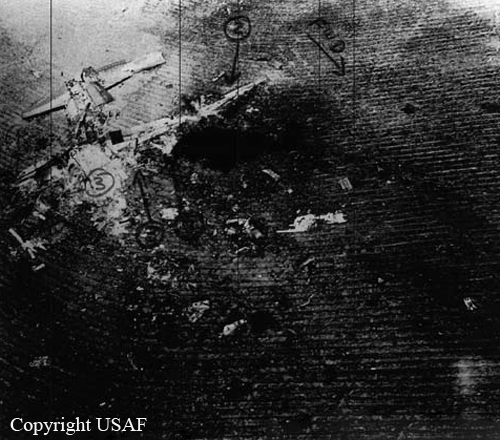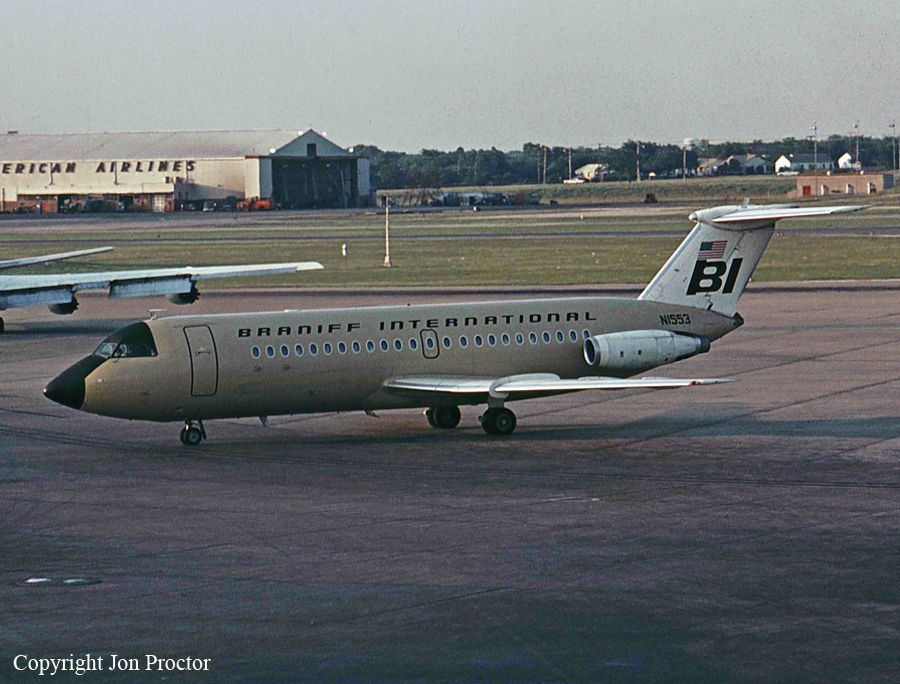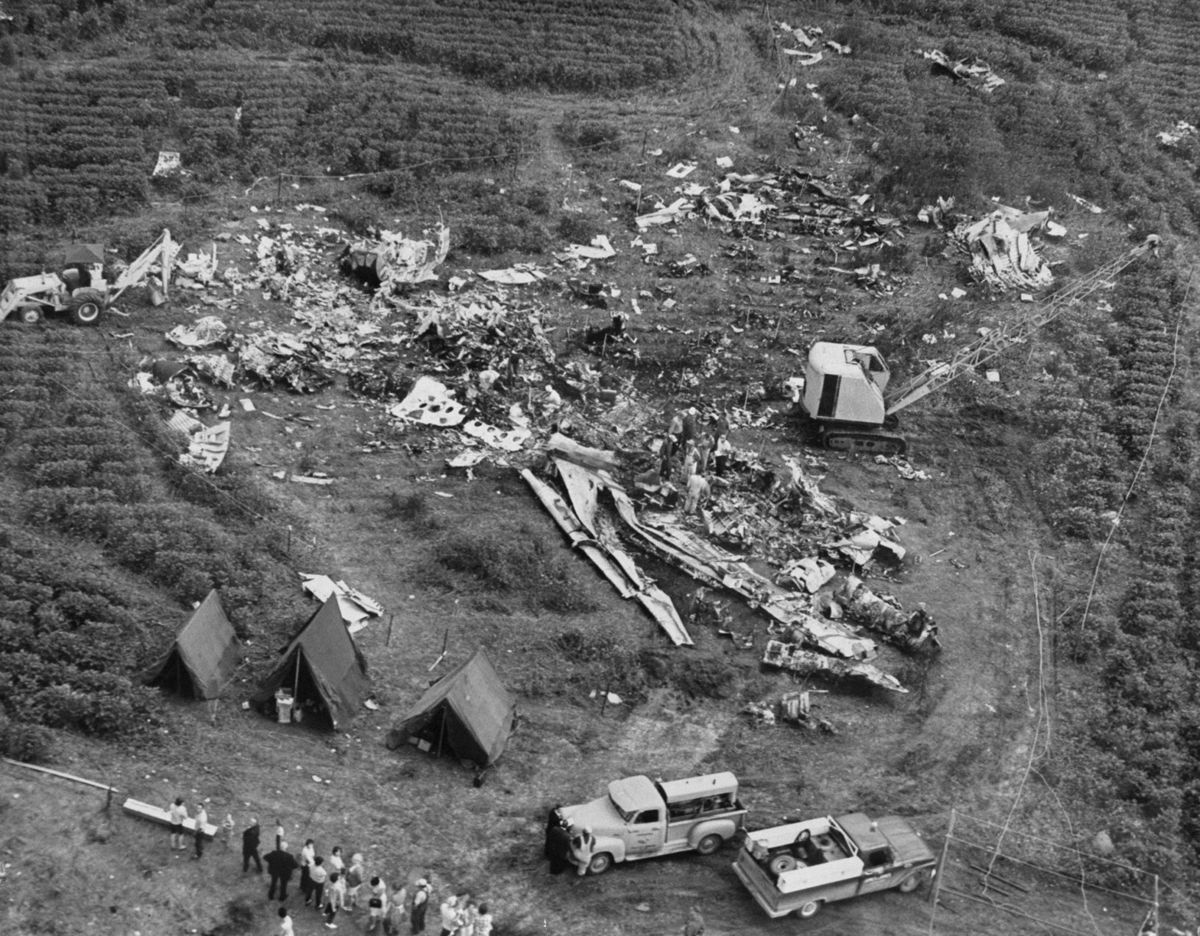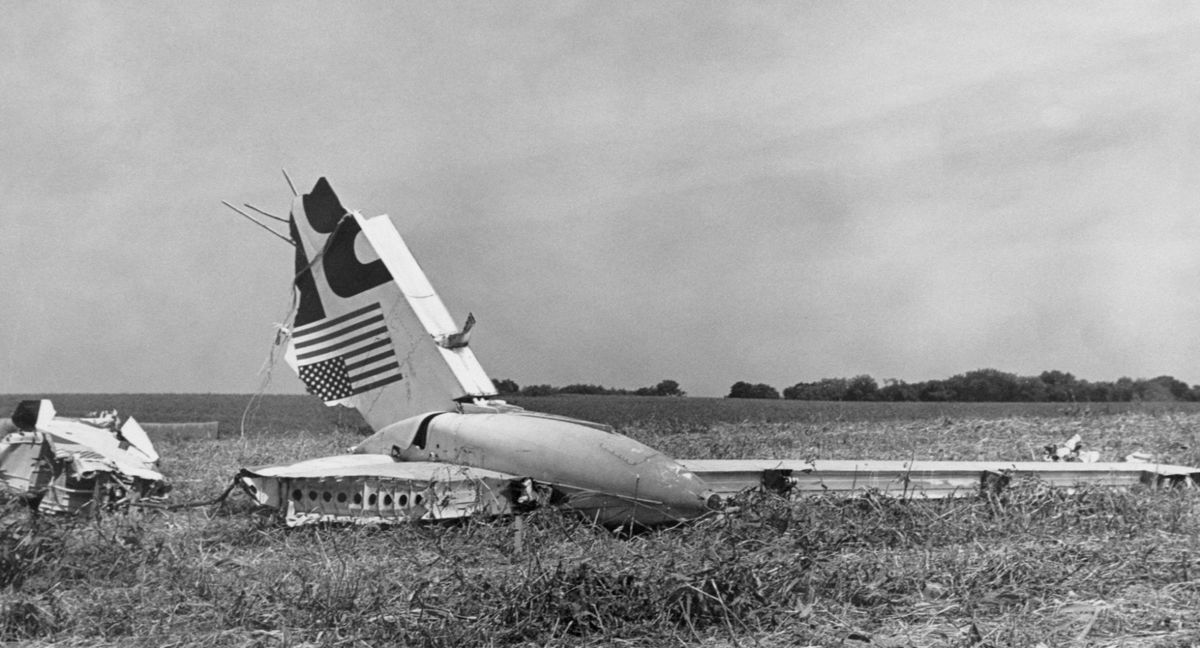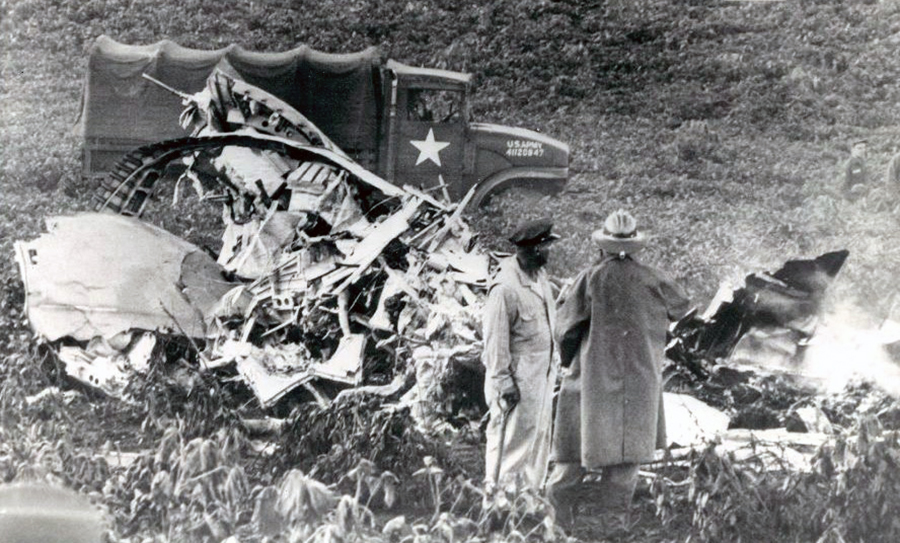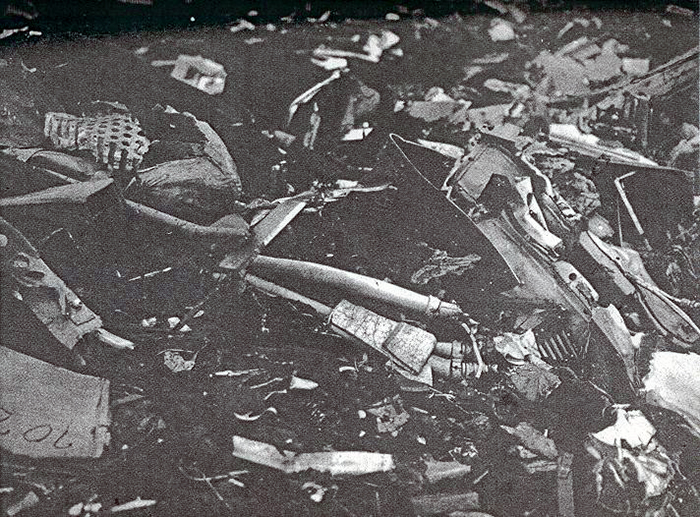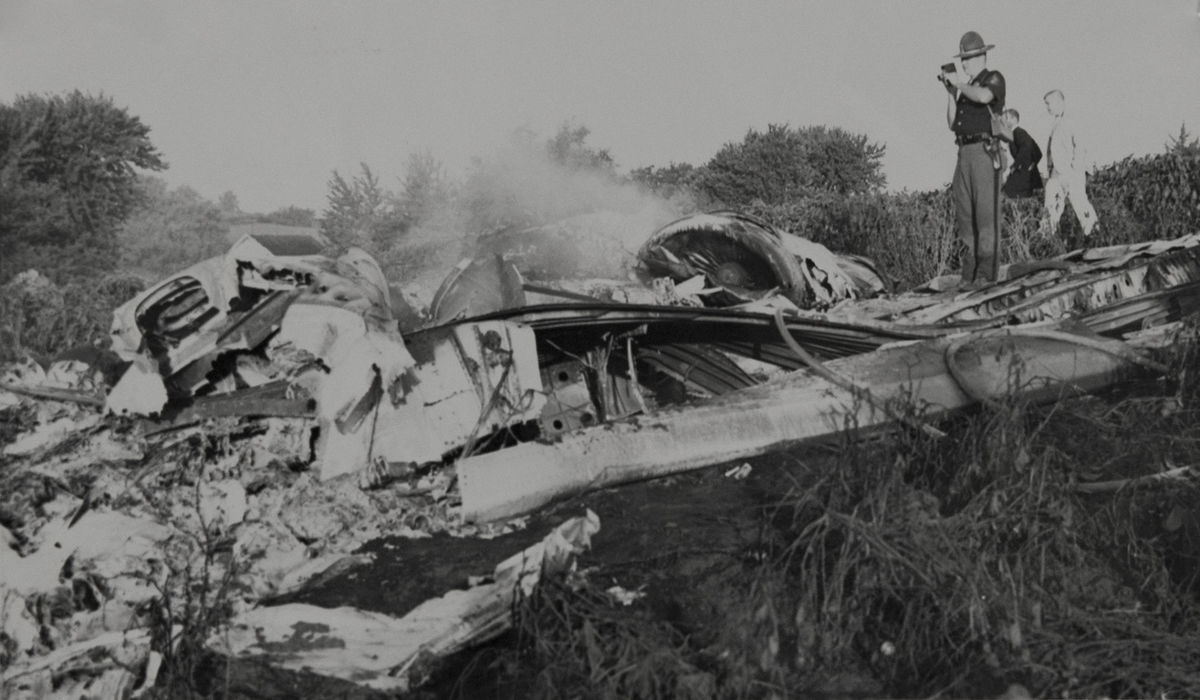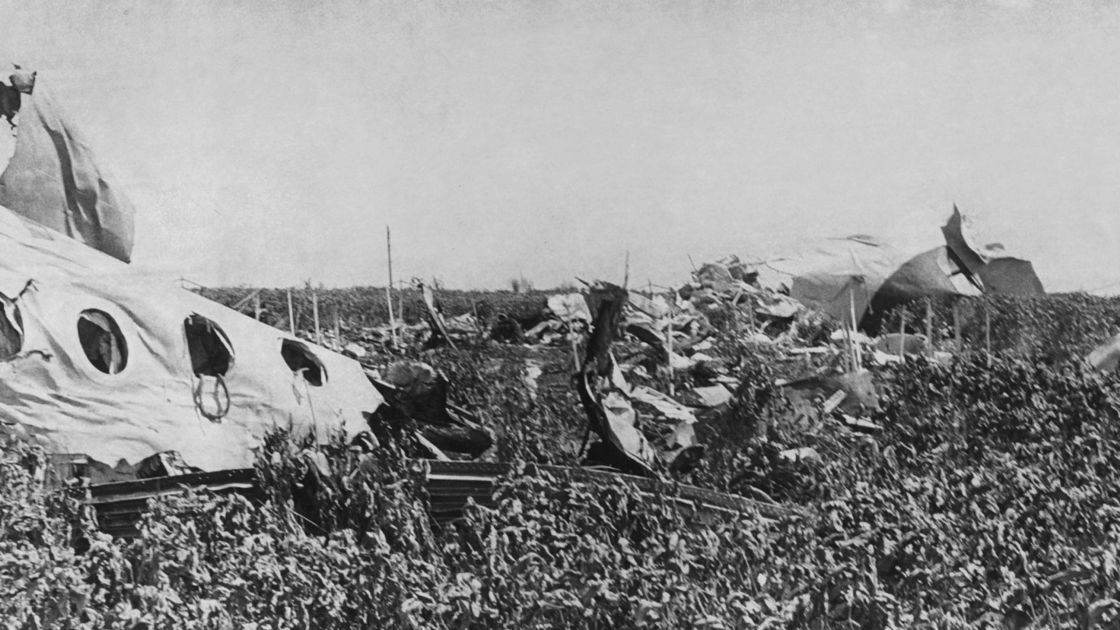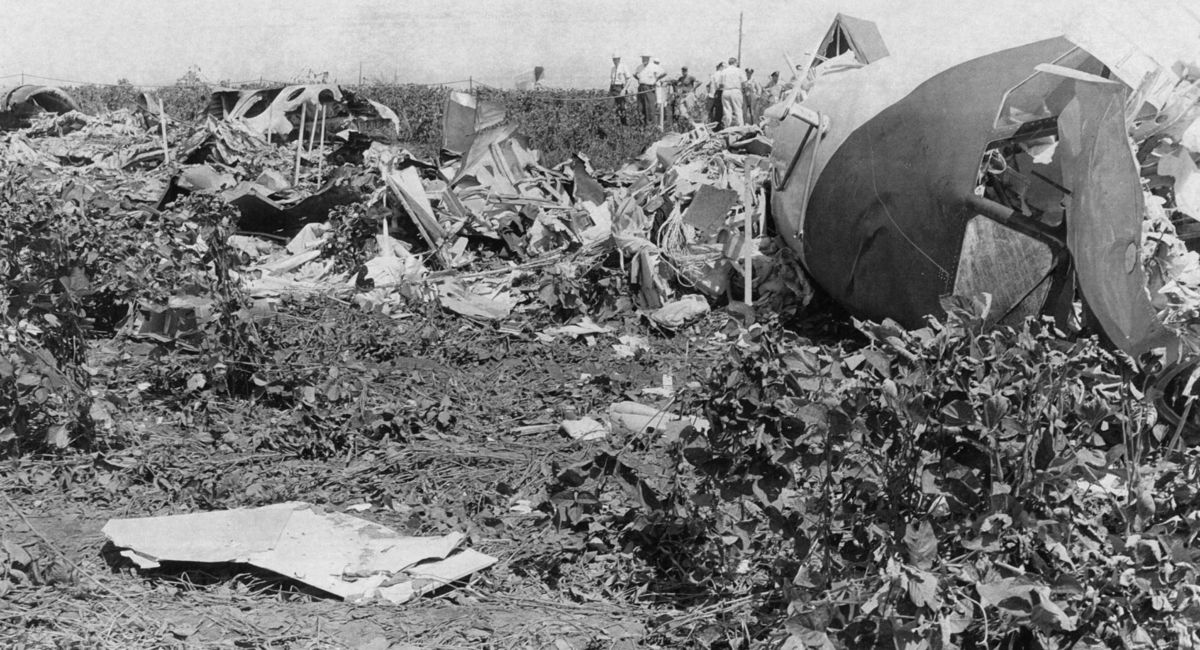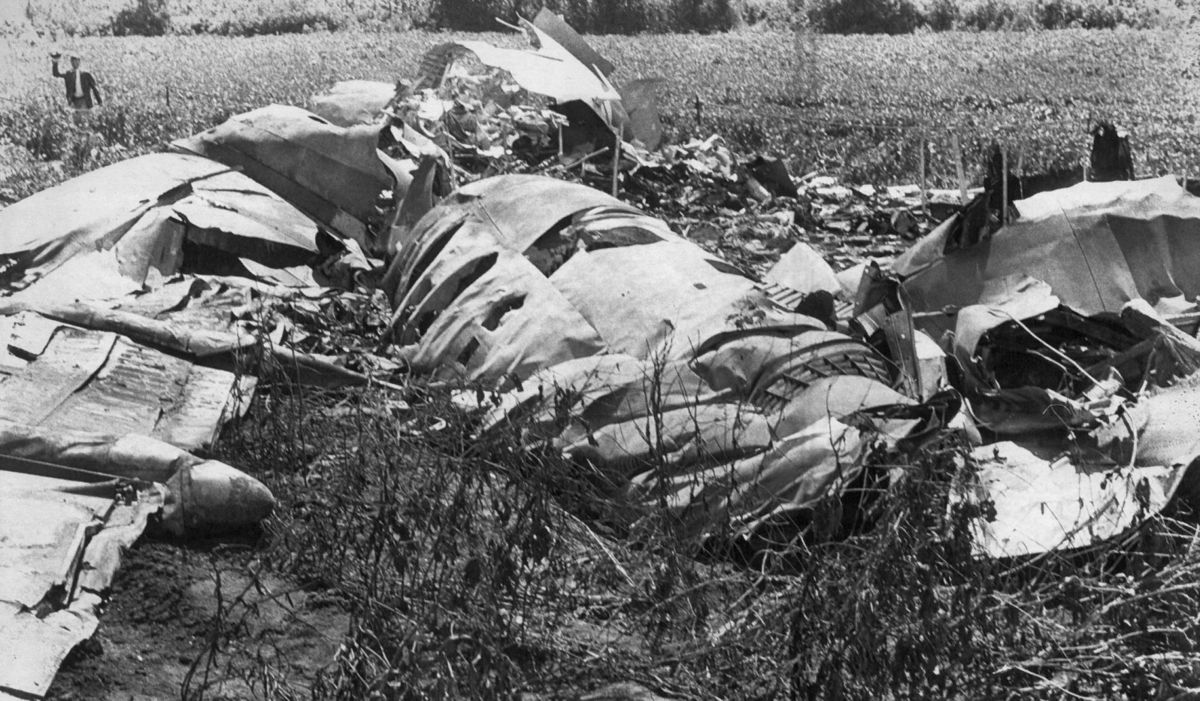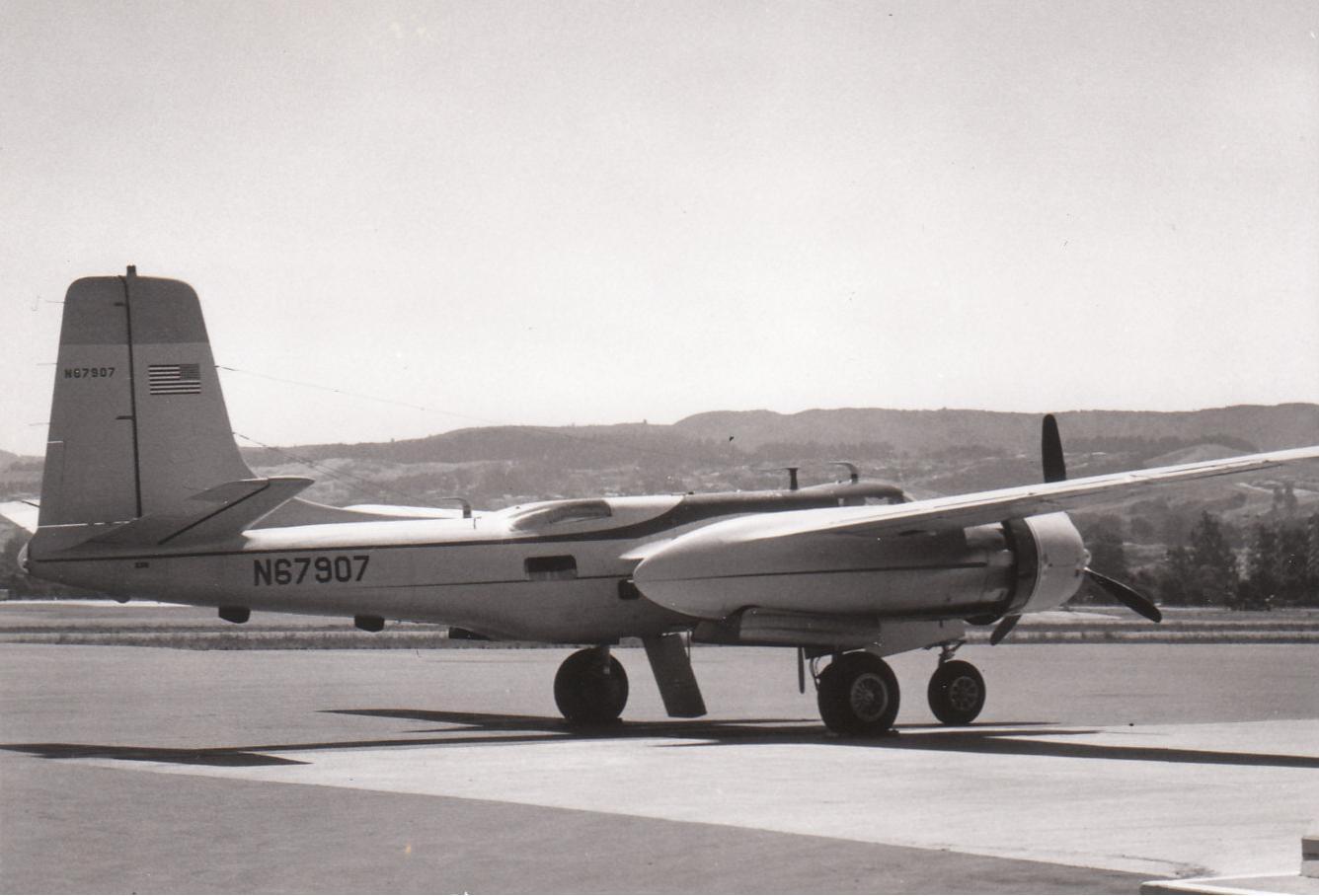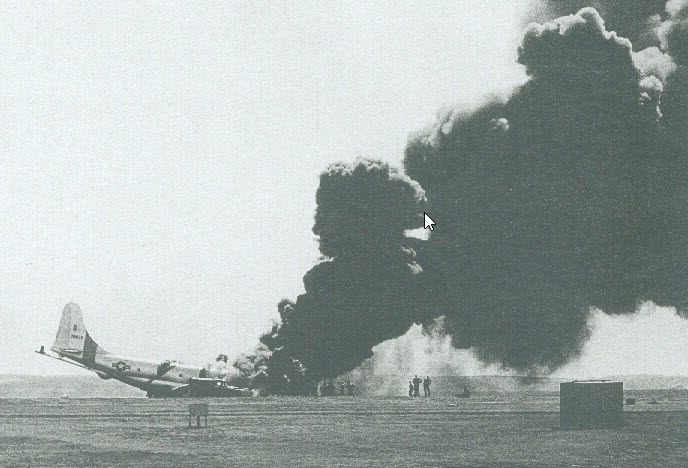Crash of a Learjet 25 in Lincoln: 3 killed
Date & Time:
Sep 25, 1973 at 0618 LT
Registration:
N40LB
Survivors:
No
Schedule:
Lincoln - Omaha
MSN:
25-009
YOM:
1968
Crew on board:
2
Crew fatalities:
Pax on board:
1
Pax fatalities:
Other fatalities:
Total fatalities:
3
Circumstances:
The takeoff from Lincoln Airport was initiated in low ceiling and fog. Just after liftoff, the twin engine airplane went out of control and crashed. The aircraft was destroyed and all three occupants were killed.
Probable cause:
Loss of control in initial climb following an inadequate preflight preparation on part of the crew. The following factors were reported:
- Low ceiling and fog,
- Poor crew coordination,
- The pilot-in-command was rated in this model the previous day.
- Low ceiling and fog,
- Poor crew coordination,
- The pilot-in-command was rated in this model the previous day.
Final Report:


